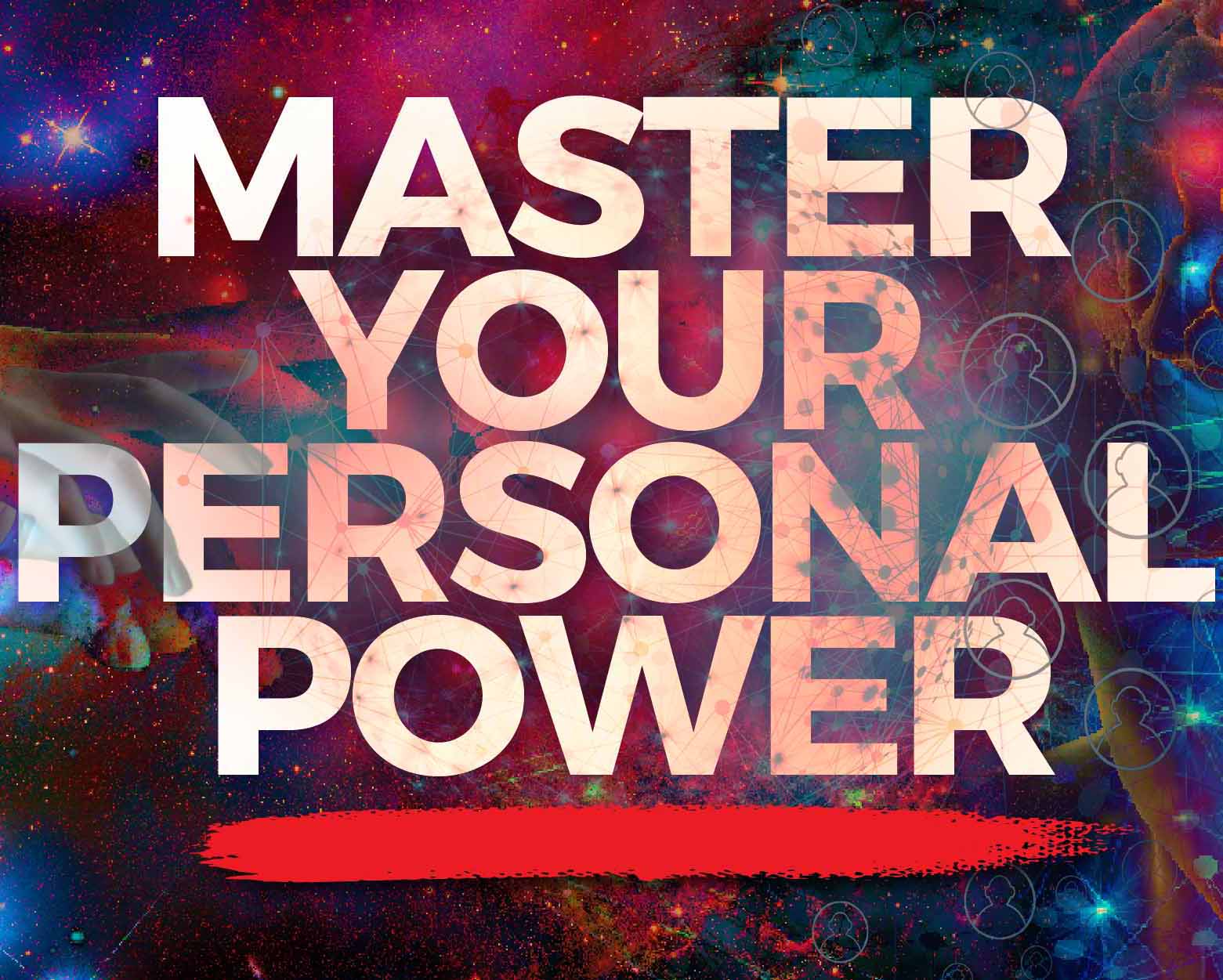
How do we address the problem of human factor being taken out from the equation in the workplace? In this episode of Incorporating SuperPowers, host Justin Recla shares his time with guest Nicholas Phair as they talk about the evolution of businesses and its effect on the human factor. Nicholas talks about the power there is in communicating with voice, rather than in a text message. Nicholas is the CEO and founder of Telbee, a voice communication system that uses new technology to bring human interaction back into businesses who wish to move away from automated systems. Join Justin and Nicholas in today’s episode to know more about bringing human factor back into businesses.
Welcome back to Incorporating SuperPowers. Today we are going to take a look at the business from an automation standpoint. But really what’s missing in the automation standpoint of business is the human factor, and we seem to have gone to the far left, far right, whatever you want to call it. We’ve gone to the far extreme in our automation, and systems, and processes of how businesses connect and interact with human beings. And the automation and the call centers, these things are great, and they seem to be a necessity for the evolution of business. But in that process, along the way, it really feels like the human factors got taken out.
I mean, we’ve gone to automation in our businesses, and things like HelpDesk, and things like automated bots that answer responses. Those are really, really good, but they do, in a sense, remove a layer of humanness. And really what’s interacting there is that space of connecting with human beings in business with potential clients, with fans, whatever it might be, that human factor just seems to get lost in the automation, and the texting, and the typing. Whatever it is, if we’re not sitting face-to-face with each other as we used to in the old days in doing a business, we tend to miss that connection, and my guest today has got a solution for that.
My guest today is Nicholas Phair. He is the founder and CEO of Telbee. It’s a new communications platform that is bringing the human factor back into the business in a very, very unique way, using some really cool technology. We’re excited to dive into all the whys, hows, whats, and the problem set that this is really solving. Nicholas, thank you for being on the show today.
Thank you so much for having me, Justin. It’s great to be here.
This is what I love about technology, is that you and I are going to have a phone call, I’m in Phoenix, Arizona, and you are, where are you located right now?
I’m in London, UK.
London, UK. Folks, if you are lost and still thinking that the world’s a huge place, it’s not. It is tiny, it is small, and it’s even smaller in the business world. This is what I love about business and technology is that it does bring us closer together. And what you’re doing with Telbee is bringing us even closer together as you have created new ways to interact and engage with clients, fans. I’ll be honest folks, we’re looking at integrating the system into what we do.
We’re still figuring out where it’s going to work best for us, but we see the value in it, it’s huge. And I just love to talk about it. So talk to me a little bit more about Telbee, Nicholas. What is Telbee, and let’s start there.
Telbee is a very simple online voice messaging platform that lets businesses and customers, or followers or your audiences in general exchange voice messages online. And the reason I founded this business is that I’m somebody who has always preferred talking. I think that so much more can be communicated through conversation, through speaking with someone. We can kind of get to the solutions and to the outcomes that we want a lot more reliably and a lot more quickly when we speak.
And there was a time before the internet, I was admittedly very, very young at this stage, but having one-to-one conversations with people was the way that you did business. I mean, you would pick up the phone, you’d organize a place to meet, and you’d have a chat.
Now, over time, we saw that new technologies, new forms of communication came into play. Obviously, the internet came around e-mail. Then we saw a transition into live chats quite a few years later. And now that’s given away to even more automation and more lack of personality, I’d say, through chatbots. And obviously with social media, slowly what we saw over the decades and over the years was a kind of erosion of the human factor, of two people literally connecting and being able to share what’s on their minds by voice.
Obviously, the pandemic has changed that quite a bit, and now Zoom calls are here to stay, and other mediums, other audio mediums are popping up. But the problem that I wanted to address was the fact that so many businesses that kind of drank the AI and automation Kool-Aid, I like to say, over the course of the last few years, and in doing so kind of lost touch with their customers.
It’s all about what’s easier for the businesses rather than what’s best for the customer. And I can’t tell you how many times I’ve been frustrated trying to find a telephone number on a business website, not being able to find one, going into the live chat, starting a conversation with an operator that isn’t live at all, closing the tab, not being able to get back into that conversation. It just leaves a really kind of bitter taste in your mouth about that business.
I wanted to address that and make it really, really easy for customers to be able to literally voice what’s on their minds, say what they want to say, and get on with their day.
I like that.
And then businesses are actually able to listen to these messages, really understand what their customers want, and then communicate in whatever way they see fit. It could be picking up the phone, responding by email, or what we offer through our platform is also the ability to send a voice message back directly through your browser.
Yeah, that right there is, I think there’s a lot of power in that because we move the automation piece, what’s really missing in it, even within the automation piece, is the communication. Because when we communicate via typing, via text message, the nuances of how we communicate as human beings, the emotion behind it, the energy behind it, the energetics behind the communication, isn’t necessarily felt in text messaging.
And if there’s a client that’s upset, they may type something, and it’s not necessarily portrayed, or maybe not felt, or seen as urgent. Or there’s an opportunity that comes up that somebody writes in, and because the energetics of the face-to-face of the voice communication isn’t there, it can be hard to decipher what is really behind the message, what’s intended with the message, and maybe there’s a better way of guiding the client or assisting the client because a person was involved, it was actually heard. And so it takes the whole level of communication and puts that human factor back into it, but still has the essence of automation because of the way your system’s captured.
Absolutely. I mean, I think that written text alone has the possibility of being misinterpreted very easily. I’m sure the World Wars have been started in one way or another through a misinterpreted text message of some kind.
Well, all you had to do, you being in the UK, all you had to do was follow social media because we had political leaders using Twitter and all sorts of means that it’s just probably not the best platform to be communicating ideas, thoughts, feelings, and emotions.
Absolutely. And I mean, I’m sure that certain world leaders had some very different intentions when they were writing certain messages, but they were interpreted in a totally different way. There was a study that was performed in the 1940s I believe, a really long time ago, that took the spectrum of communication, and how we communicate as humans, which basically consists of the content of what we say, the intonation of how we say it, and then obviously all of the body language that comes along with that when we’re meeting face-to-face.
And it turns out that the content of what we say only accounts for about 9% of that communication. Whereas the intonation of our voice accounts for an additional 37% of what we communicate. If I say, “I hate you,” or “I hate you,” it’s two totally different things, right?
Yup. But you can’t capture that in a text message.
And you can’t really capture that in a text message, maybe with a few emojis here and there, which definitely kind of evolved our communication, our text communication a little bit. But so much more gets communicated with voice, the intention, what you want to say, the mood that you’re in, and how you’re saying it.
And obviously, as humans, we resonate with that. We can understand a lot more. We can kind of go into our executive center a lot more and come up with good solutions. We can understand our customers a lot better. And currently, so much of that is getting lost in being kind of hidden behind a keyboard and reading text all day.
Nicholas, let’s take a quick break here because this rabbit hole right here goes a little deep, and I want to talk about this on the back end because this is where the brilliance of your system comes in, and I want to make sure we give the listeners enough time to really dive into that. Where can they go to find more about Telbee and the communication systems that you’ve developed?
They can go to, and please do go to telbee.io. That’s telbee.io. And, yeah, you can sign up for an account for free, build your own customized voice recorder for your brand, and start communicating with your customers through a voice message. You’ll really see a huge difference in the way your business operates.
Fantastic. Folks, we’re talking with Nicholas Phair, the founder, and creator of telbee.io. A communication platform that’s bringing the human factor back into the business. Stay with us, we’ll be right back as we dive down this rabbit hole a little bit further.
To listen to the entire show click on the player above or go to the SuperPower Up! podcast on iTunes.
Podcast: Play in new window




